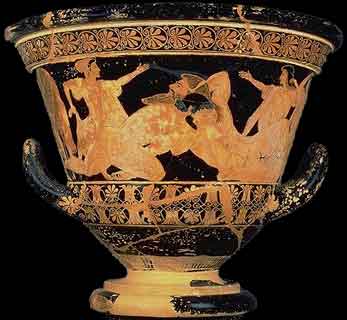First of all, I believe you are speaking of the Koine Dialektos, or Common Dialect, or I haven't understood you very well. Note that I haven't heard of this, except if you mean the Hellenike Koine. But that is a dialect spread during and after the conquests of Megas Alexandros.
From what I know and remember, the Greek dialects where the following: Ionic dialect (spoken by Greeks of Ionia and Athens in their primary stage), the Doric dialect (spoken by Spartans, Syracusaeans, Epirotes and Macedonians), Aeolic (spoken by Thessalians and some parts of Ionia) and the Attic dialect (spoken by the Athenians and some islands of the northern Aegean).
As for the differences between the dialects, those can be minor, as Attic is with Doric, but can also be substancial, as the Aeolic dialect with Attic. Here in Greece, we are taught the Attic dialect and I know some of my friends who are studying philology in Athens and they told me that one of their professors showed them some texts in Aeolic. Shortly put, they made almost no sense of it. So you see the differences can be great, as Skullheadhq stated. It is no wonder the Koine was spread, as it is easier to have one common language and dialect, in stead of one language and many dialects.
Maion
P.S.: Skullheadhq, I believe the picture is not of a vase at all. I'm almost 100% sure this is from a 20 drachmae (cost) postcard and the inscription is in English. The rho is deffinately Latin, as is the 'h' in front of the word Heracles. The 'k' instead of the 'c' is probably to give it a more 'Greek' feeling. Plus, vases have no colors except the red of clay or black.





 Reply With Quote
Reply With Quote




Bookmarks